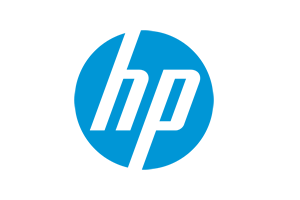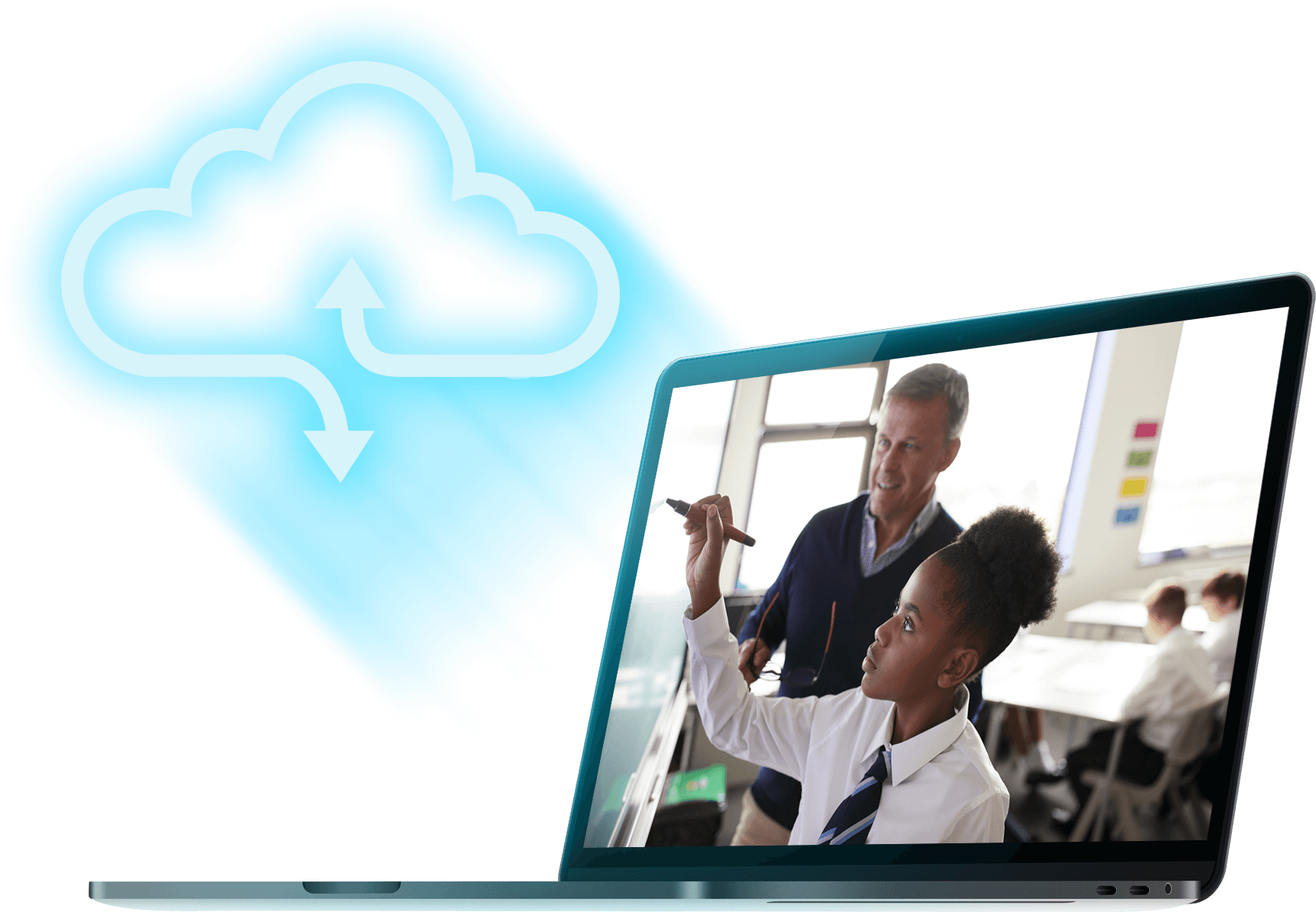Connecting children to learning outcomes in the cloud
As 2020 has so far demonstrated, schools are increasingly reliant on technology for driving learning outcomes.
Although the conditions in 2020 haven’t been ideal, we could have witnessed disastrous consequences for children’s education if we hadn’t been armed with the tools and technology for keeping them connected to their work.
One of the many technologies that enabled schools to continue delivering learning content to students has been the cloud. Without students tethered to physical networks, cloud tools and portals have been invaluable for ensuring every student has had access to the lessons and content they need to stay engaged.
Now that the genie has been let out of the bottle, so to speak, can we expect schools to continue leveraging cloud tools and technology? What types of devices and security do we need to consider when opening up the curriculum to the cloud?
Streaming dynamic learning content
Beyond textbooks and exercise books, teaching material is increasingly including audio and video content. With the need to stream video lessons and tutorials to students in a variety of locations, the cloud is essential for stirring and accessing large files.
We also Learning Management Systems (LMS) and other teaching systems becoming the key interface for uploading lesson plans from teachers, while students submit their work and assignments. Having secure cloud access to these systems is essential for continuity.
Collaborating and learning in real-time
Today’s students also increasingly rely on cloud tools and platforms for working collaboratively with classmates on projects. As we witnessed during lockdown, students were using video conferencing tools for lessons with their teachers, and for discussion with fellow students about shared projects.
Cloud tools and documents also enable students to get feedback from teachers in real-time and to simultaneously update and work on shared assignments. With group assignments being so crucial for teaching collaboration, communications and leadership skills, the ability to learn these tools is essential preparation for our modern workplaces.
Secure cloud learning demands secure device environments
Of course, providing access to cloud tools and content also increases the risk of exposing students and their data. This is why cloud security solutions need to adopt a zero-trust security approach by monitoring and reporting on user and device access to cloud tools in real-time.
A school IT team’s ability to monitor and control devices is also crucial, which is why many schools are adopting new tools and approaches for broad device management and security. Against this backdrop, HP Chromebooks are growing in popularity as they enable administrators to implement shared policies using Chrome Education management tools.
Unsurprisingly, Chromebooks are now the number one device used in New Zealand schools after the Ministry of Education signed a deal with Google to provide all schools access to Chrome Education tools.
At New Era, we’ve been working with schools throughout New Zealand to help them create a secure and high performing device environment for staff and students, and the HP Chromebook is an essential component of these strategies.
If your school is looking for ICT assistance for connecting devices, secure set up and ongoing maintenance – before and after students receive their hardware – New Era is here to help you create a secure and reliable technology environment.


 Australia
Australia Canada
Canada LATAM
LATAM UAE
UAE United Kingdom
United Kingdom United States
United States


